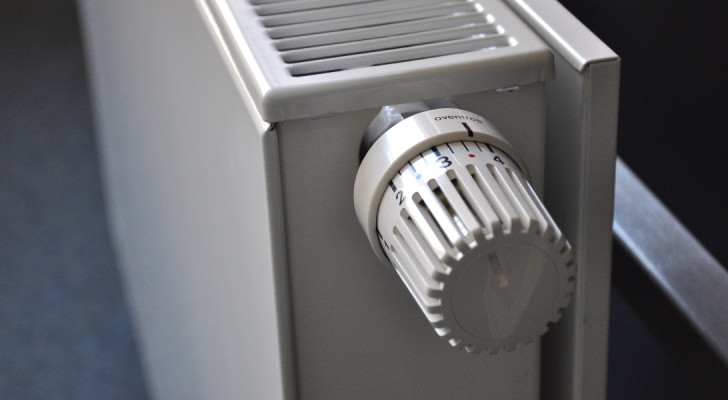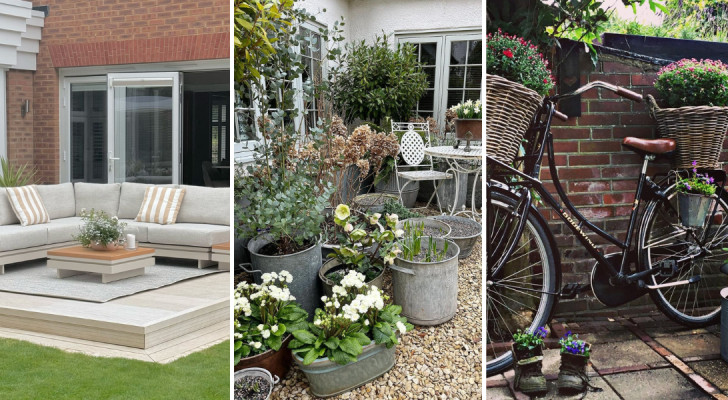Effective methods to protect plants in the garden and on the terrace from the winter cold
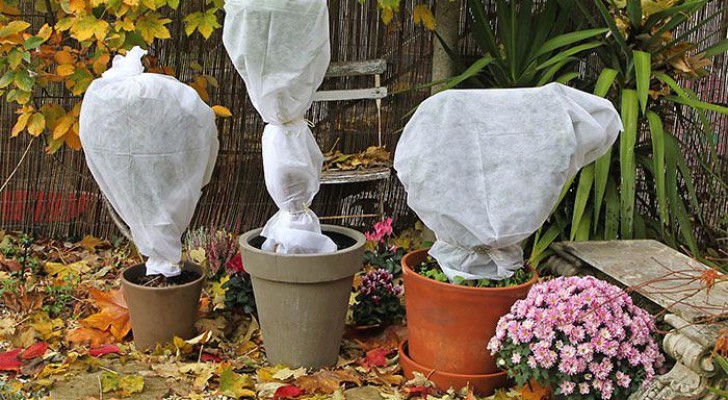
Winters can be tough to endure, not only for us humans, but also for animals and plants. Although some plant species are resistant to the cold, many plants that cannot tolerate low temperatures and must be protected.
There are various methods that can be used to protect our plants from the winter cold and the choice depends on specific plant sensitivities: certain plants will need complete protection, while for others, protecting just the roots will be sufficient.
That said, we should not overdo the protection as this can lead to excessive humidity build-up. Below, we illustrate a few different methods for protecting your plants, depending on their specific needs:
1. Full-cover sheets for the most sensitive plants
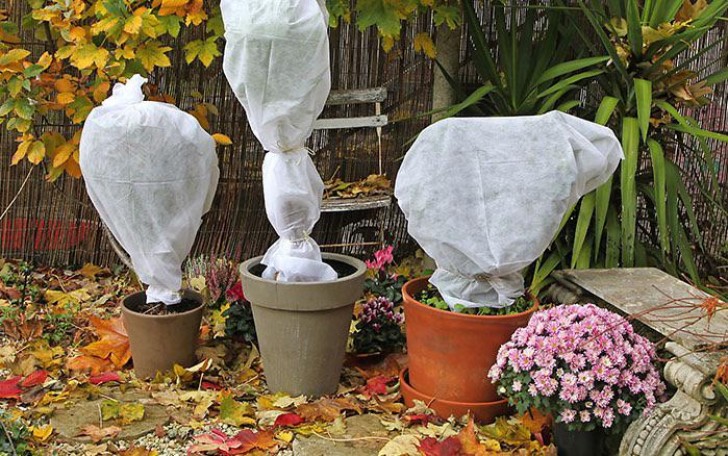
The most sensitive plants need complete protection from low temperatures and for this purpose you can use breathable, non-woven fabric (TNT) covering sheets, which protect the plants from cold, wind, frost and hail, while still allowing air and light to filter in/out. Putting the sheets on is relatively simple, but should still be done with care so as not to damage the plant.
Plants in open ground:
- Plants in open ground must be pruned and cleaned before being covered, also eliminating any weeds from the soil;
- Cover the soil with a layer of mulch to prevent it from getting too cold;
- Now, place the sheet over the plant, postitioning it over the foliage and securing the loose ends on the stem at the base (with a piece of twine or string);
- Be careful not to wrap the plant too tight which might cause damage to the plant.
Potted plants:
- Particularly if the pots are made of terracotta - which is not a good thermal insulator - it will be necessary to cover the pot with jute or TNT fabric. Wrap around the pot and secure it at the top with string;
- Cover the plant with the TNT sheet, securing it to the base of the plant's stem and being careful not to tighten it too much;
- If you prefer, you can use TNT or jute bags (rather than sheets) that protect both the pot and the plant, tying the ends of the bag to the trunk.
This type of protection is necessary for succulents, aromatic plants that cannot be moved indoors and fruit plants.
2. A greenhouse for potted plants
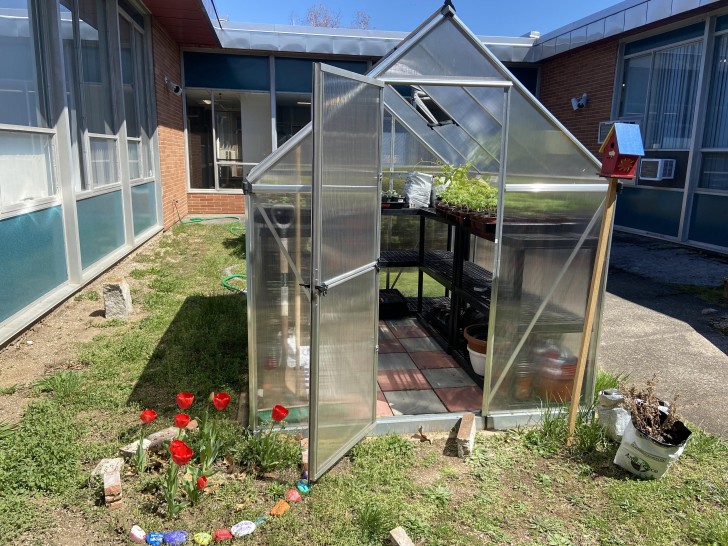
Potted plants can be kept indoors or in another protectd place. But if you have the space and resources, equip a corner of your garden or terrace with a greenhouse. You can choose various sizes, from small benchtop greenhouses to full sheds, (available on the market as practical, easy-to-assemble kits). Alternatively, you can build a DIY greenhouse yourself, using recycled materials to create the supporting structure (such as wooden planks or pallets, galvanized steel arches or flexible plastic pipes). For the covering, choose a transparent plastic sheet (the best ones are those made from ethylene vinyl acetate).
The greenhouse will create an ideal microclimate for your plants thanks to the sun's rays and the ambient humidity.
3. Mulch to protect roots from the cold
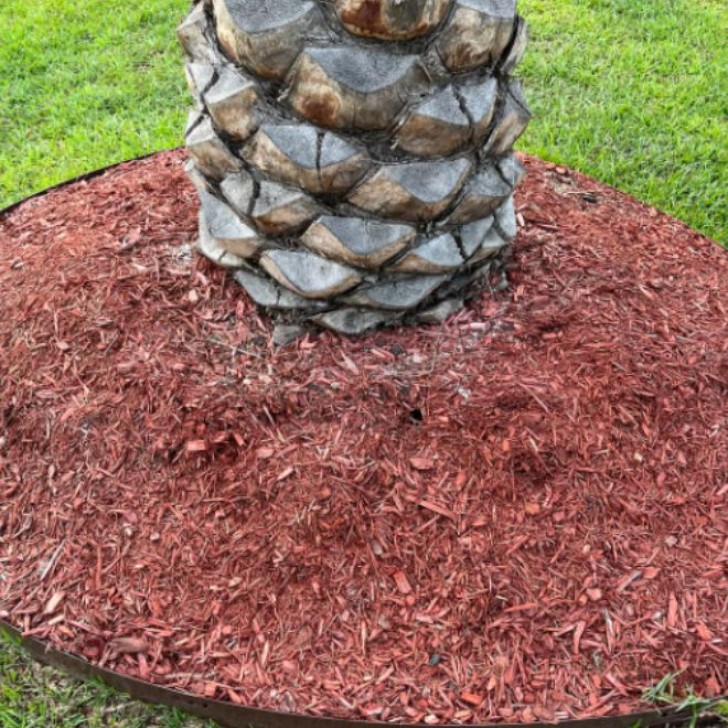
Mulching is the distribution of a layer of organic or inorganic material over the soil around the base of the plants and is carried out in order to protect the roots of plants from the cold; this practice prevents the soil from cooling down too much, protecting our plants even when temperatures drop below zero.
The mulch can be applied in a layer 8-10 cm deep after having cleared the soil of weeds and debris (and leaving a few centimeters uncovered close to the stem). You can choose different materials to make mulch:
- Peat and sand form a mulch which can be mixed in with the rest of the soil in spring; it must be compacted after application, moistening it with a little water to ensure its effectiveness;
- Vegetable panels: mulching with vegetable panels made of jute, coconut, hemp or other vegetable fibers such as kenaf fibre, hibiscus fiber, has recently become widespread. You can find this product on the market in round or rectangular panels that are easy to cut and place in pots or in the garden;
- Organic material: a more classic method is mulching with decomposing organic material; in this case, the mulch can also be made using straw, dry leaves and bark. When decomposing, this layer will act as a fertilizer.
Are your plants ready for winter yet?

